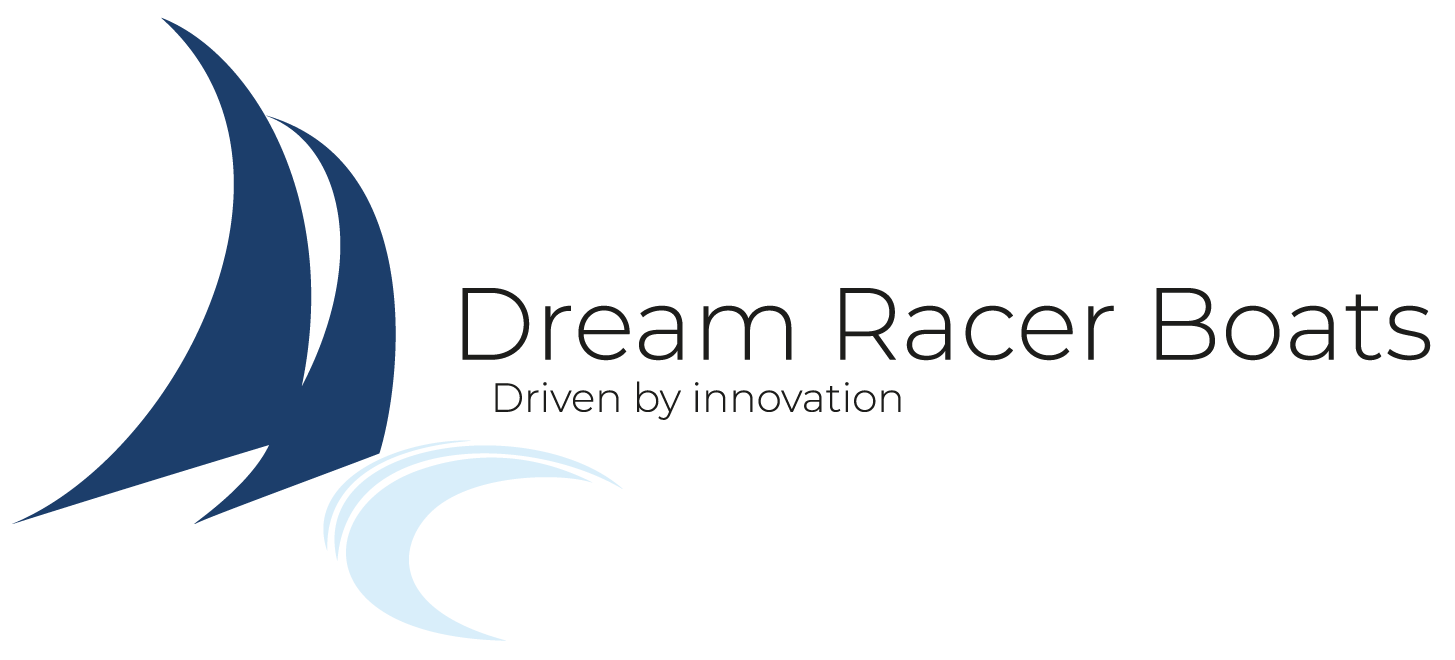
06 Nov Vendée Globe 2020: new technologies and environment
The Vendée Globe is today the biggest sailing race around the world. Organised every four years, this race has the particularity of being single-handed, non-stop and without assistance.
The 9th edition of the Vendée Globe will start from “Les Sables d’Olonne” on Sunday the 8th November 2020, behind closed doors.
This year, thirty-three participants will be represented by nine nationalities including twenty-seven men and six women. It is a record! At the first edition in 1989, there were thirteen participants.
The Vendée Globe is a difficult race where the racers must sail a minimum of 21,638 miles, which corresponds to 40,075 kilometres. But the distance achieved is generally greater because the skippers have to constantly play with the weather conditions.

The history of the Vendée Globe
The Vendée Globe was born in 1989 when thirteen sailors took the start. This round-the-world race lasted more than three months. Seven skippers will have succeeded in this non-stop race and will have returned to “Les Sables d’Olonne”. Among them, we can find the founder of this race Philippe Jeantot, but also Titouan Lamazou who won this first race or Loïck Peyron.
Since the last eight editions, 89 skippers out of 167 have succeeded in this round-the-world race. This figure proves the extreme difficulty of this race. Damages also disrupt the race, in particular the breakage linked to UFOs or cetaceans. For this edition, some skippers will have access to technological advances. OSCAR alerts when it identifies surface shapes or temperature contrasts, and Whale Shield emits an ultrasound that keeps cetaceans away. Equipped with artificial intelligence, these innovations are in full development!
In 2017, Armel Le Cléac’h completes a round-the-world tour and achieves the record in 74 days, 3 hours, 35 minutes, and 46 seconds! Michel Desjoyeaux is the only sailor to have won this race twice.
Different IMOCA profiles
Since the creation of this race in 1989, the Vendée Globe boats have all measured 60 feet.
IMOCA have become more powerful since the appearance of the latest generation foils: they allow them to gain in performance. They are also considered to be the F1 of the oceans.
For this 9th edition, there are eight new boats at the start. They are all equipped with foils whose shape varies. Some skippers of older boats have also integrated them. We find DMG Mori which is Charal’s sister ship but also Corum and Arkea Paprec with Sébastien Simon. Despite these similarities, some details change. The different IMOCA profiles will lead to different performances that we will soon be able to see on the Vendée Globe!

New technologies on board
As this race takes place every four years, changes are made between the different editions. First of all, we notice an increase in the number of electronic accessories. These innovations make it possible to increase the performance of the skippers. The aim is also to help them during their round-the-world race with greater safety on board of boats.
Many companies are attentive to the new technologies of racing boats to enable them to offer high-performance products.
This year, skipper Alex THOMSON has opted for sentries placed along the hull and mast. These cameras will inform him in real time and allow him to remain sheltered in his cockpit. Artificial intelligence is also appearing in his cockpit. The explanation in pictures:
Alex THOMSON – Focus : Autopilot Hugo BOSS
Ecology and performance: possible?
Boats sail around the globe, driven by the wind. But they are built mainly from carbon, which has a negative impact on the environment. Some companies are using materials that are more respectful of our planet to build ships: biosourced resin or natural fibres. As waste production is quite high, many shipyards recycle their scraps. Dream Racer Boats opts for upcycling, that is to say the life of an object is extended by creating design objects. Karbon Creation makes original jewellery by recovering carbon rubbish from IMOCA for example!
The durability of sailing yachts is also a key issue in terms of environmental impact. But there are companies that give boats a second life!
Good wind to all skippers!
